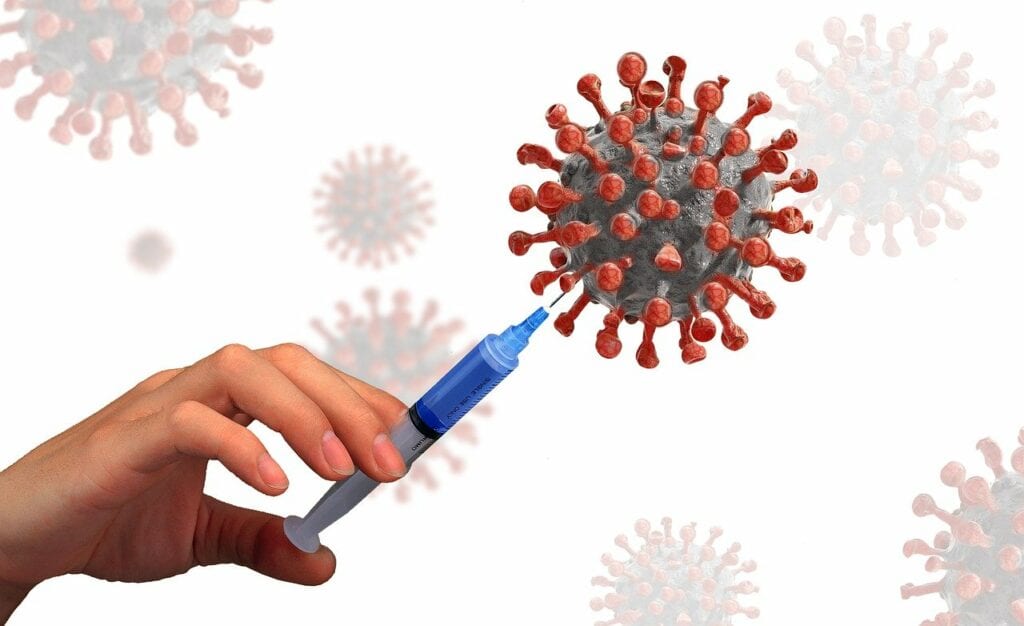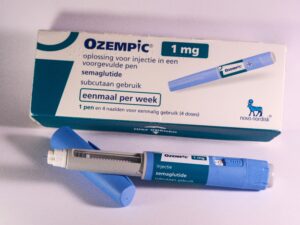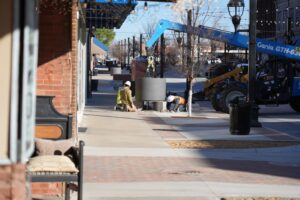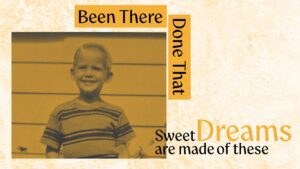By Charles Betzler
charles.betzler@sapulpatimes.com
On Friday, December 11, 2020, the FDA granted an Emergency Authorization for Pfizer’s mRNA vaccine after the advisory committee recommended approval 17-4, with one abstention, on Thursday, December 10, 2020.
The available data provides proof that the Pfizer-BioNTech COVID-19 Vaccine can be effective in preventing COVID-19. The data also support that the known and potential benefits outweigh the known and potential risks, thus supporting the vaccine’s use in people 16 years of age and older.
FDA Commissioner Stephen M. Hahn, M.D. said Friday, “The FDA’s authorization for emergency use of the first COVID-19 vaccine is a significant milestone in battling this devastating pandemic.” Peter Marks, M.D., Ph.D., Director of the FDA’s Center for Biologics Evaluation and Research, stated, “While not an FDA approval, today’s emergency use authorization of the Pfizer-BioNTech COVID-19 Vaccine holds the promise to alter the course of this pandemic in the United States. With science guiding our decision-making, the available safety and effectiveness data support the authorization of the Pfizer-BioNTech COVID-19 Vaccine because the vaccine’s known and potential benefits clearly outweigh its known and potential risks. The data provided by the sponsor have met the FDA’s expectations as conveyed in our June and October guidance documents. Efforts to speed vaccine development have not sacrificed scientific standards or the integrity of our vaccine evaluation process.”
Distribution of the Pfizer-BioNTech vaccine began last week in Great Britain. Two healthcare workers who had histories of severe allergic reactions suffered an anaphylactoid reaction to the vaccine, and a third person had a serious reaction.
Marks said the few reactions in the UK “were not seen in the larger trial data sets, but we still need to know more and we’ll be taking precautions”.
He stressed that the FDA was “comfortable giving the vaccine to patients who have had other allergic reactions other than severe allergic reactions to a vaccine or one of its components.”
He provided assurance to the public, saying the FDA was “comfortable giving the vaccine to patients who have had other allergic reactions other than severe allergic reactions to a vaccine or one of its components.” Marks advises that a person with allergies consult his or her physician before taking the vaccine.
Shipping rivals UPS and FedX have joined forces in a effort to rapidly distribute the vaccine throughout the nation.
Gen. Gustave F. Perna, the chief operating officer of Operation Warp Speed, stated at a news conference on Friday, December 11, 2020, that boxes were being packed at Pfizer’s plant in Kalamazoo, Michigan, and would be shipped to UPS and FedEx distribution hubs. Both UPS and FedEx have said that doses of the vaccine will arrive at their destinations within 24 hours of leaving the Pfizer facilities.
Pfizer designed special containers packed with enough dry ice to keep at least 975 doses frigidly cold for up to 10 days. Special Bluetooth- and radio-enabled tracking tags will be affixed to each shipment at the Pfizer facility, and both UPS and Fed-Ex will place their own tracking tags on shipments.
Each UPS truck carrying the doses will have a device that tracks its location, temperature, light exposure, and motion. Wes Wheeler, president of UPS’s health care division, told a senate committee Thursday that the company’s trucks will have escorts, although it is not clear whether this means local police, government officials, or private security guards. Wheeler was reticent to give details, citing security concerns. He did say, however, that trucks transporting the vaccine will be “tracked by the minute.” UPS is also sending the F.A.A. a daily flight log so it can help prioritize the vaccine shipments.
Commissioner of Heath Col. Lance Frye says that Oklahoma should begin receiving the Pfizer vaccine on Dec. 16. In the following weeks, officials say they expect to receive 60,000 doses of the Moderna vaccine. In total 166,000 doses are expected to reach Oklahoma in phase 1 of distribution.
The 62,000 residents in nursing homes, assisted living, and long-term care facilities will be the first to receive the vaccine. The next group will be an estimated 84,000 healthcare workers who are taking care of COVID-19 patients, followed by 500 public health personnel handling COVID-19 vaccines and tests, and then it will be administered to 11,400 EMTs and paramedics.
Both vaccines require two doses. The shipment of the second doses will arrive 21 days after the first.











